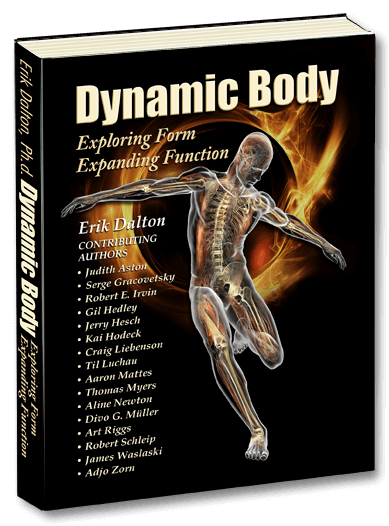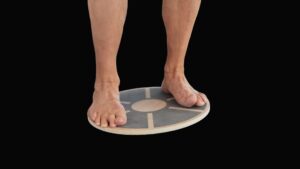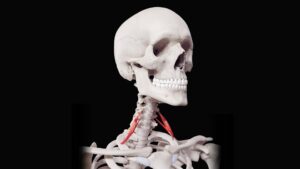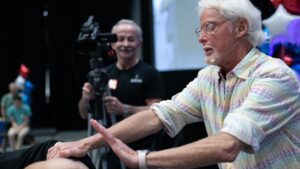
The Dynamic Body Textbook is a must have for your professional bodywork library. Whether you elect to explore the chapters in sequence or wander through the sections that are most interesting to you, you will discover an abundance of ideas that will forever elevate your practice.
Concepts about the anatomy and function of the body and how it applies to the mind and emotions are strongly influenced by the environment in which we live and work. The rationalist view of the mind and body dates back to Aristotle (300 B.C.) and was later influenced by the widely adopted theories of people such as Galen (129-199 A.D.), René Descartes (1596-1650), and Isaac Newton (1642-1727). This view provides the basic principles of orthodox medicine, which takes a mechanistic approach to healing, with the various body systems examined independently of one another, and the body viewed as a machine with parts to be fixed.
Regrettably, tradition is hard to break and education changes slowly. Many modern anatomy and bodywork books still take this approach, and graduates may be indoctrinated into a rationalist viewpoint regardless of the collective research and understanding to the contrary.
Dynamic Body: Exploring Form, Expanding Function explores and dissects this old model and provides the conceptual framework to decipher what we already sense as bodyworkers, manual therapists, and massage professionals. We understand that what walks into our practices is not a skin-wrapped collection of parts that can be fixed like a car at an auto shop, but a thinking, feeling, emotional, and physical spirit. In this book, you’ll recognise how these dynamic bodies work, not simply under the microscope or in the cadaver lab, but as complex, fully integrated, and very much living beings.
In our profession, we generally hear adjectives such as “holistic,” “whole body,” “interconnected,” and “integrative” offered as an ideal in client treatment. Complementary and alternative therapies are slowly moving forward and viewing the body, mind, and spirit as an integrated whole that, in turn, is integrated with its environment. We understand, on a visceral level, the complexity of our clients and the need to treat the total person. However, while this is ideal in theory, its practical application is much more demanding, especially as we lack any broad and commonly accepted models for incorporating these concepts into our clinical treatments.
How do we move away from the basic formulaic approaches to treatments that have characterized the traditional rationalist view of the body? How do we develop a treatment strategy that doesn’t just address the health status of a small part of the body, but encompasses the structural, neurologic, and psycho-emotional aspects of a client’s complaint? How can we even begin to consider our treatment course of action from this perspective, when the cause of a supposedly isolated complaint is so multifaceted?
Dynamic Body makes a giant leap into answering these questions by coordinating some of the top thought leaders in our profession. These forward-thinking researchers and clinicians have dedicated their lives to answering questions that help us truly understand adjectives such as “holistic” and “integrated” for the first time in this massage therapy textbook. In these pages, they explore and help us comprehend the “dynamic body” from their diverse backgrounds and rich collective experience.









